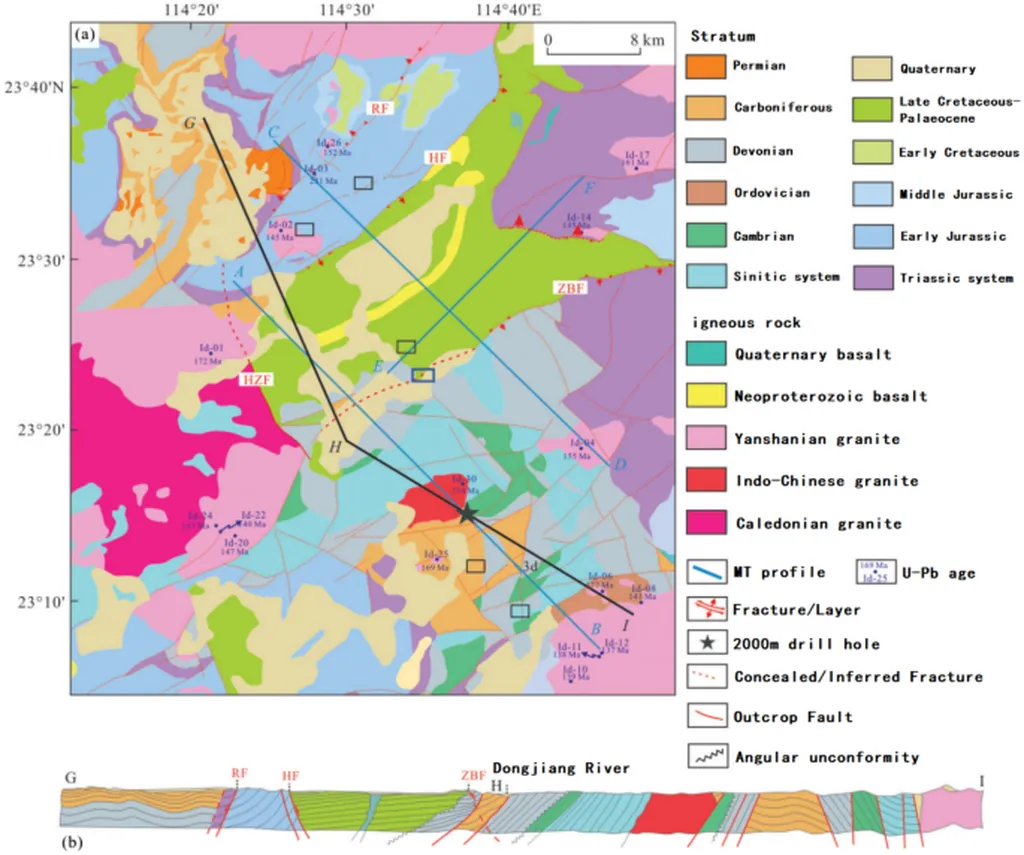In the ever-evolving landscape of geospatial technology, a groundbreaking development has emerged that promises to revolutionize the way we generate digital terrain models (DTMs) from airborne LiDAR data. Researchers, led by Bingxiao Wu from the Institute of Facility Agriculture at the Guangdong Academy of Agricultural Sciences, have introduced a novel algorithm that significantly enhances the accuracy and robustness of ground filtering in complex environments. This innovation, detailed in a recent publication in the *ISPRS Open Journal of Photogrammetry and Remote Sensing* (translated to the English as the *ISPRS Open Journal of Photogrammetry and Remote Sensing*), could have profound implications for industries reliant on precise topographic data, particularly the energy sector.
The challenge of accurately extracting ground points from airborne LiDAR data has long plagued researchers and practitioners. Traditional ground filtering algorithms (GFs) often falter when confronted with mountainous terrains and heterogeneous buildings, leading to inaccuracies in DTM generation. Wu and his team have addressed this issue head-on with their data-driven morphological filtering algorithm (DMF). “Our approach begins by identifying near-ground voxel centroids after voxelizing the input point clouds,” explains Wu. “We then construct a digital elevation model based on the elevation information of these centroids, followed by a composite morphological filter to identify ground and non-ground patches.”
The DMF algorithm’s innovative design allows it to recognize non-ground areas with incomplete edge structures and correct misclassified areas, ensuring a higher degree of accuracy. The final step involves building a bidirectional k-dimensional tree search engine between the GF-support nodes and the input point cloud to separate ground and non-ground points effectively. The results are impressive, with DMF achieving an average F-score greater than 0.88, demonstrating its robustness across various test scenarios.
For the energy sector, the implications are substantial. Accurate DTMs are crucial for site selection, infrastructure planning, and environmental impact assessments. The ability to generate precise terrain models in complex environments can streamline project development, reduce costs, and mitigate risks. “This technology can be a game-changer for energy companies operating in challenging terrains,” says Wu. “By providing more accurate and reliable data, we can help them make better-informed decisions.”
Beyond its immediate applications, the DMF algorithm also enables instance segmentation of artificial objects in airborne point clouds. This capability opens up new avenues for urban planning, disaster management, and infrastructure monitoring. The intermediate outputs of DMF can be leveraged to identify and analyze man-made structures, enhancing the overall utility of LiDAR data.
The research team has made the code for DMF available on GitHub, fostering collaboration and further innovation in the field. As the technology continues to evolve, it is poised to shape the future of geospatial data processing, offering new possibilities for industries that rely on precise topographic information. With the DMF algorithm, the energy sector and other industries can look forward to a new era of accuracy and efficiency in terrain modeling.

